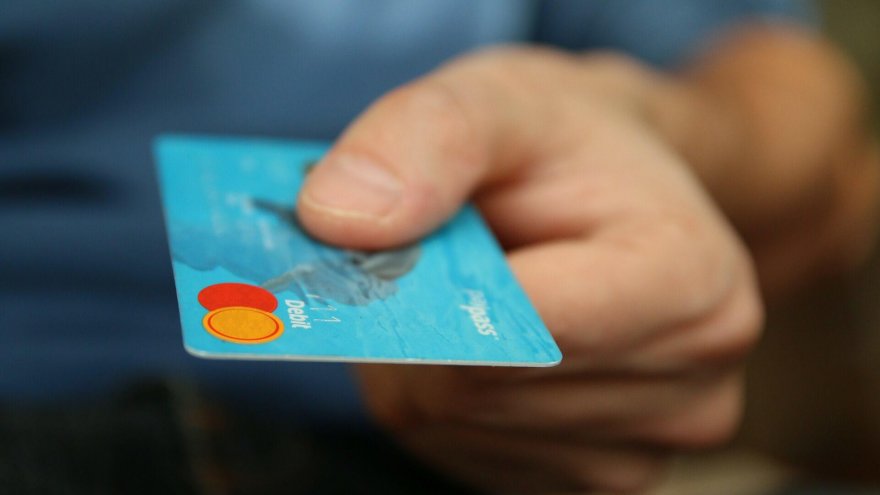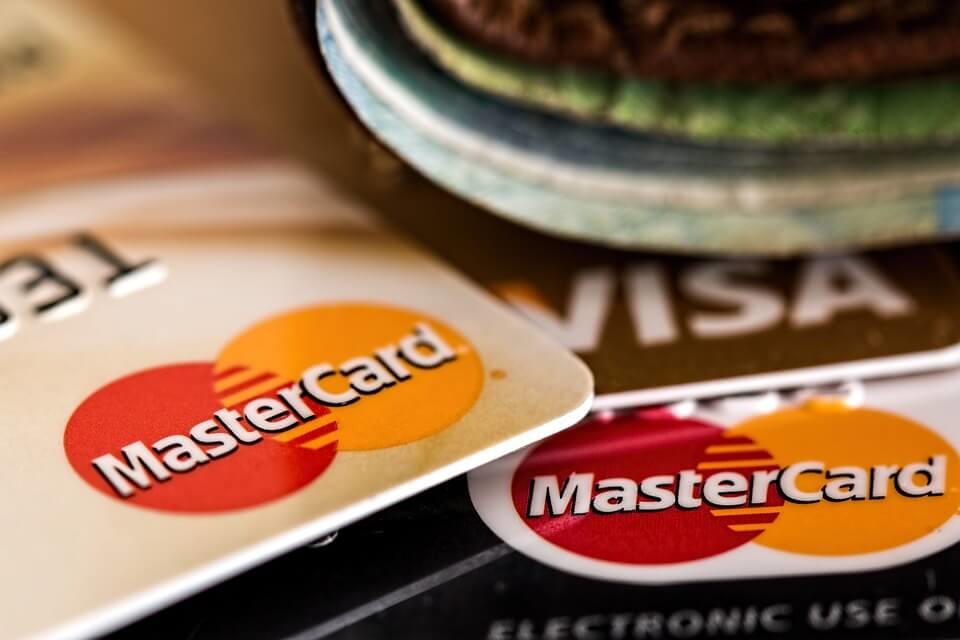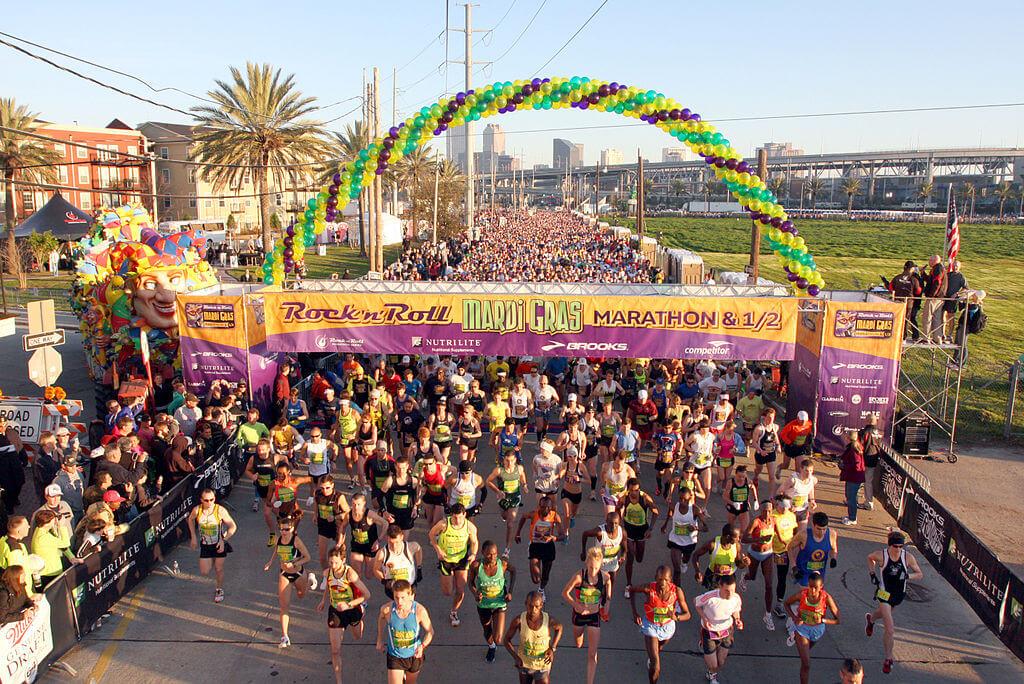The Cost of Racing: Why Are Entry Fees So Expensive (or Cheap)?

For many runners, gearing up for and running races is truly what running is all about. They love the anticipation before the start, coasting through mid-race miles, and no feeling is better than crossing the finish line at the end of the race. But for many runners, entry fees can be a real pain in the leg!
It seems like each and every year, the price to enter a race goes up. Take the Boston Marathon for example, in 2012 the entry fees for a US resident to enter was $150. In 2016, it cost $180 to register. Runners coming from outside of the country had to pay a whopping $250. Now, in all fairness, the Boston Marathon is one of the world’s largest and most renown races.
Let’s look at another competitive (though not as large-scale) marathon and half marathon that takes place in Massachusetts, the Baystate Marathon. According to their website, the entry fees of the half marathon starts out at $65 and the marathon $85 and goes up to $85 and $105 on race day. That’s a good amount of money!

Now let’s look at a smaller-scale half marathon, 10K, and 5K that takes place in neighboring Rhode Island. The 5K cost $25, the 10K cost $36, and the half marathon cost $48. If you notice, the difference between the local Rhode Island half marathon and the Baystate half marathon (at its cheapest price) is $17. At its most expensive price, the difference is $37.
The difference between the cheapest Boston Marathon price and the Bay State Marathon is $95. At its most expensive price, the difference is $75. These differences can really have an effect on a runner’s wallet and mental state. And a lot of times, runners don’t understand why the fees are what they are.
Races, like anything in life, are more expensive the larger they get. Let’s think of smaller scale races like an intimidate dinner for two, mid-size races like a family reunion, and large-scale races like a wedding reception. The more people present for dinner, the more it will cost. Why? Well, more food and drink is needed, as well as more staff is needed. The same can be said for races.
Smaller events mean less equipment, fewer staff members on course, less swag, a lower number or no security, less medical staff and thus, an overall lower cost to put on the race.

The larger the race, the higher the cost to host the event. In an article from the Washington Post, the following is a breakdown of where the entry fees cost of the 2013 Marine Corps Marathon of $99.
- $36 for operating the course – this includes trash disposal, porta-potties, chip timing, etc.
- $34 for entertainment, advertising, and expo
- $34 for security at the race
- $22 on operational expenses such as salaries, vehicles, etc.
- $13 for race swag such as medals, shirts, etc.
- $12 for food both post-race and aid stations
- $6 on registration costs
The total cost per runner adds up to $158; however, runners paid $99 for that year’s race. The difference was covered by sponsors who either contributed money or materials/products.
In 1970, the New York City Marathon held its first race. Each of the 127 runners had to fork over $1 to register. In 2011, racers were charged anywhere from $167 to $292 to participate. Today, the New York Marathon hosts over 50,000 runners. The growth over the last 47 years has been so large that the marathon now requires a multi-million dollar budget, a full-time staff, and entry fees ranging from $255 to $358.

Here are a few tips and tricks to keeping the entry fees down:
Plan the entire year out in advance.
Most races will offer a sliding scale for entry fees. The cheapest prices will be registering well in advance (usually 2-6 months and sometimes further out). Prioritize your top 3-4 races for the entire year, mark opening registration day on your calendars, and start putting money aside for those dates. Be sure to register as soon as the race allows to maximize your savings.
Volunteer.
Many races will offer free or discounted pricing for runners who volunteer. If you’re participating in a weekend running festival or event, this is super easy to do. If you’re running the marathon on Sunday, volunteer to help on Saturday during the 10K. If it’s a one day only event, volunteer to work an affiliated run or volunteer for a few hours before or after your event.
Ask for race registrations as gifts.
How many times have you been asked by family and friends what you wanted for your birthday or Christmas and your answer was, “I don’t know” or “Nothing”. Then your family and friends buy you stuff that you have absolutely no use for. This is the perfect opportunity to keep your yearly race entry fees low and/or slim to none!
As runners, we will always show up to run. The next time you look at entry fees and think “Wow, that’s kinda pricey“, think of all the things needed to actually host the race. At the same time, think about what you can do to offset or lower the cost.
Sources:
Latest Articles
 Is Running on a Treadmill Easier Than Running Outside?Runners have their own preferences, whether it is treadmill running, running outside on the road, or exploring trails. So...
Is Running on a Treadmill Easier Than Running Outside?Runners have their own preferences, whether it is treadmill running, running outside on the road, or exploring trails. So... Is It OK to Use Trail Running Shoes on the Road?While trail running shoes can be used on roads, especially in situations where a runner encounters mixed terrains or pref...
Is It OK to Use Trail Running Shoes on the Road?While trail running shoes can be used on roads, especially in situations where a runner encounters mixed terrains or pref... How to Fix Sore Quads After Running?Rest, ice, gentle stretching, and over-the-counter pain relievers can help soothe sore quads after running. Also, ensure ...
How to Fix Sore Quads After Running?Rest, ice, gentle stretching, and over-the-counter pain relievers can help soothe sore quads after running. Also, ensure ... 10 Fruits With The Most Electrolytes to Replace Sports DrinksThese fruits are high in electrolytes such as potassium, magnesium, and calcium, essential for hydration, muscle function...
10 Fruits With The Most Electrolytes to Replace Sports DrinksThese fruits are high in electrolytes such as potassium, magnesium, and calcium, essential for hydration, muscle function...

